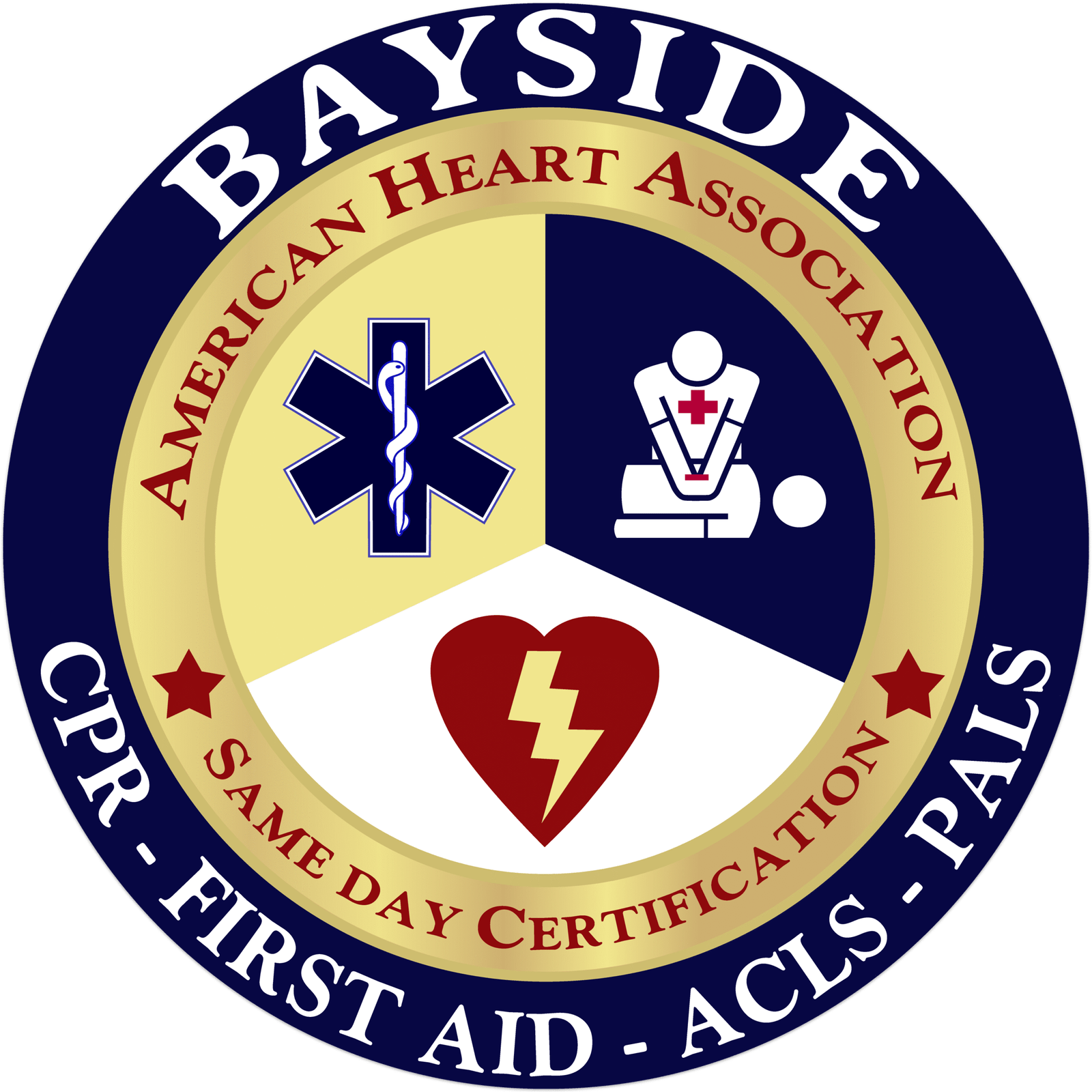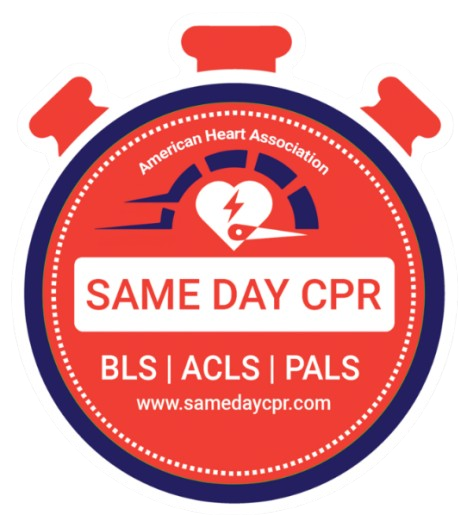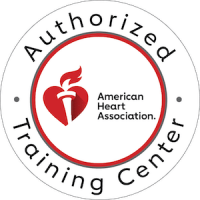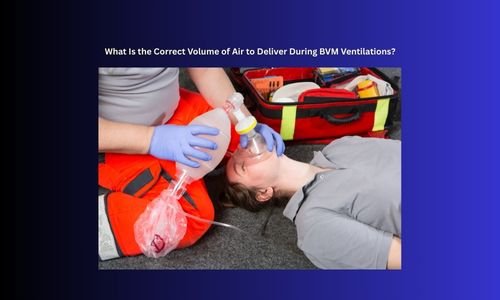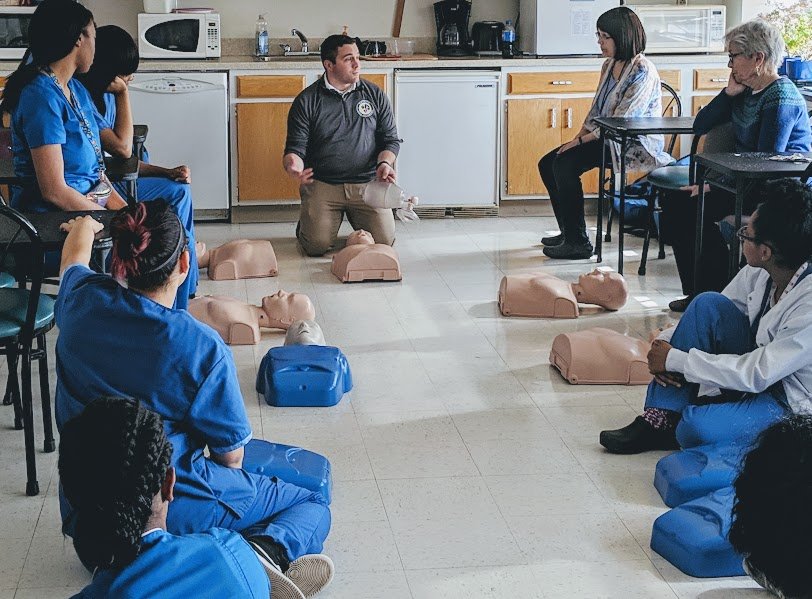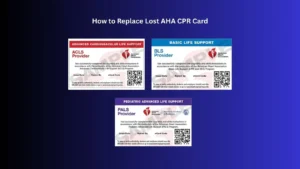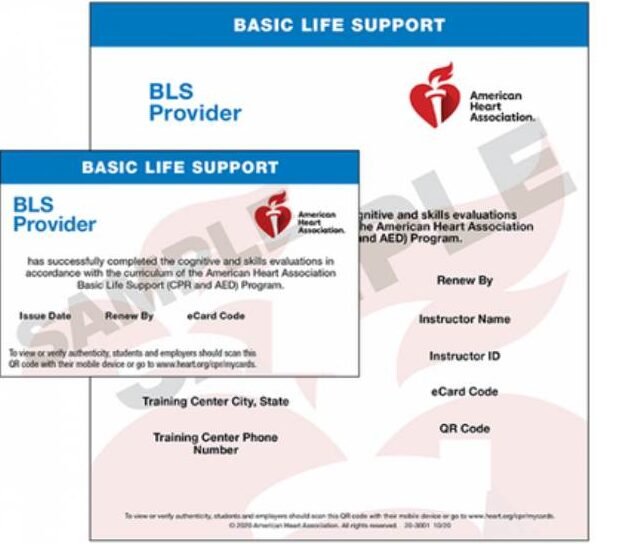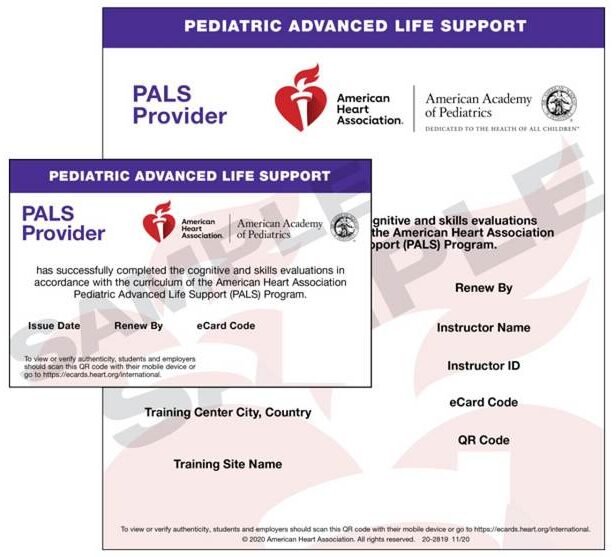Bag-Valve-Mask(BVM) ventilation is a technique used in CPR, emergency situations, pre-hospital care, and critical care settings. When a patient is unable to breathe on their own, a rescuer manually squeezes a self-inflating bag to push oxygen into the lungs through a mask.
Getting the volume of air just right is vital—not too little, not too much. Too little air risks hypoxia; too much risks lung injury or stomach inflation. This article explores why the correct volume matters, outlines appropriate ranges for different ages, highlights risks, and offers practical guidance for optimal ventilation technique.
Understanding BVM Ventilation
Components of a BVM System
- Self-inflating bag – rebounds automatically after being squeezed.
- One-way valve – ensures air travels into, not out of, the patient.
- Face mask – seals over the nose and mouth.
- Optional oxygen reservoir – boosts oxygen concentration when attached.
Common Situations for BVM Use
- Cardiac arrest – delivering breaths when spontaneous breathing stops.
- Respiratory failure – when breathing is insufficient.
- Trauma – airway compromise or injury.
- Transport – moving intubated or unstable patients.
Importance of Proper BVM Ventilation Technique
Getting the right air volume matters because it directly affects:
- Oxygenation – delivering enough fresh air (ideally with supplemental oxygen).
- Carbon dioxide (CO₂) removal – ensuring waste gas leaves the body.
- Organ function – supporting the brain, heart, kidneys, and more.
If you overinflate, you may cause lung injury; if you underinflate, organs go hungry for oxygen. That’s why medical professionals and first responders need to be precise from the get-go.
Understanding Tidal Volume in BVM Ventilation
Tidal volume is the amount of air delivered in one breath. It’s the main driver of how well gas exchange occurs in the lungs.
Although we don’t usually measure tidal volume during manual rescue, we estimate it:
- By watching chest rise.
- By monitoring patient response—SpO₂, EtCO₂, breath sounds.
- By using weight-based guidelines, especially in children.
Correct Volume of Air to Deliver During BVM Ventilations
Adults and Adolescents
-Aim for 500–600 mL per ventilation. That’s roughly one full bag squeeze but not overinflated.
-Why stay in this range?
- Avoids hyperinflation.
- Reduces risk of barotrauma (pressure-related lung injury).
Pediatric Patients
- Infants (< 1 year): Deliver 20–30 mL per kg of body weight each breath.
- Children (1–8 years): Use 10–15 mL per kg per breath.
- Always calculate based on weight—kids vary greatly in lung size.
Factors That Affect Volume
- Patient’s size and age – bigger lungs need more air.
- Existing lung issues (e.g., asthma, COPD) may require even gentler breaths.
- CPR vs. non-CPR scenarios – chest compressions plus breaths vs. just ventilations.
- Supplemental oxygen – affects how much fresh gas is needed.
How to Determine the Right Tidal Volume
Rely on Visible Chest Rise
A gentle rise—not heaving—is your best real-time clue that enough air is moving in.
Watch Patient Response
- SpO₂ – saturation should improve or remain stable.
- EtCO₂ – measures CO₂ removal; should be in a reasonable range.
- Breath sounds – check for equal air entry.
Adjust Based On:
- Clinical condition—shock, lung injury, sepsis.
- Equipment—some bags feel stiffer or deliver more volume per squeeze.
- Your own experience—rushing or panicked squeezes give poor feedback.
Best Techniques for Correct Volume Delivery
One-Handed Technique
- Rescuer uses one hand (C-E grip) to seal the mask.
- Other hand squeezes the bag.
- Great when you’re alone, but volume control can vary.
Two-Handed Technique
- One rescuer uses both hands to hold the mask (two-hand seal).
- A second rescuer squeezes the bag.
- Offers better seal and volume control.
Additional Tips
- Don’t squeeze too forcefully—slow and steady beats fast and hard.
- If available, use a pressure manometer to keep pressure in safe range.
- Take a moment to reset between breaths rather than racing through.
Risks of Incorrect Air Volume During BVM Ventilations
| Mistake | Potential Harm |
| Hyperventilation (too much air) | Low CO₂ → cerebral vasoconstriction, lowered cardiac output |
| Hypoventilation (too little air) | Hypoxia (low O₂), respiratory acidosis |
| Gastric insufflation | Air enters stomach → risk of vomiting, aspiration, lung infection |
| Barotrauma | Excess pressure → lung injury, pneumothorax (collapsed lung) |
Keeping your volume controlled is about safety as much as it is about oxygen.
Oxygen Flow Rate During BVM Use
-Recommended flow rate: 10–15 L/min when using an oxygen reservoir attachment.
-Why it matters:
- Ensures high fraction of inspired oxygen (FiO₂).
- Improves effectiveness of each breath, so you may not need to squeeze as much.
Key Takeaways & Best Practices
When performing bag-valve-mask (BVM) ventilation, aim for a visible but gentle chest rise rather than squeezing the bag to its maximum. For adults, delivering about 500 to 600 mL of air per breath is usually sufficient. In children, the volume should be adjusted based on weight: infants typically require 20 to 30 mL per kilogram, while children aged 1 to 8 need about 10 to 15 mL per kilogram. Practicing regularly through drills is essential to develop a natural sense of the correct ventilation volume. Continuous monitoring of oxygen saturation (SpO₂), end-tidal carbon dioxide (EtCO₂), and breath sounds is crucial during ventilation. Whenever possible, use an oxygen reservoir with the BVM and maintain an oxygen flow rate of 10 to 15 liters per minute to maximize oxygen delivery.
Final Thoughts
Bag-Valve-Mask ventilation is simple in concept but subtle in execution. Human touch, proper technique, and careful observation make all the difference. Focus on gentle, visible chest rise, adjust for age/body size, monitor the patient, and you’ll be delivering safe, effective ventilations. Keep practicing—your instincts will sharpen, and in the heat of an emergency, that makes you a better caregiver.
